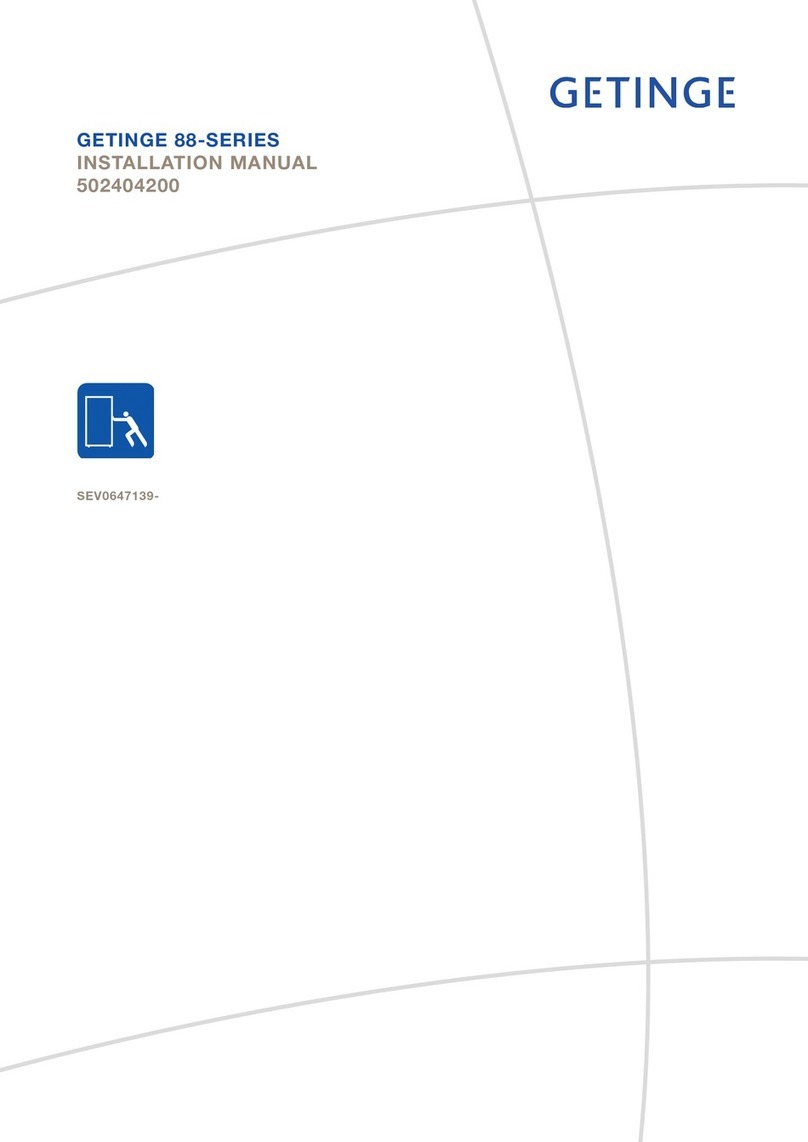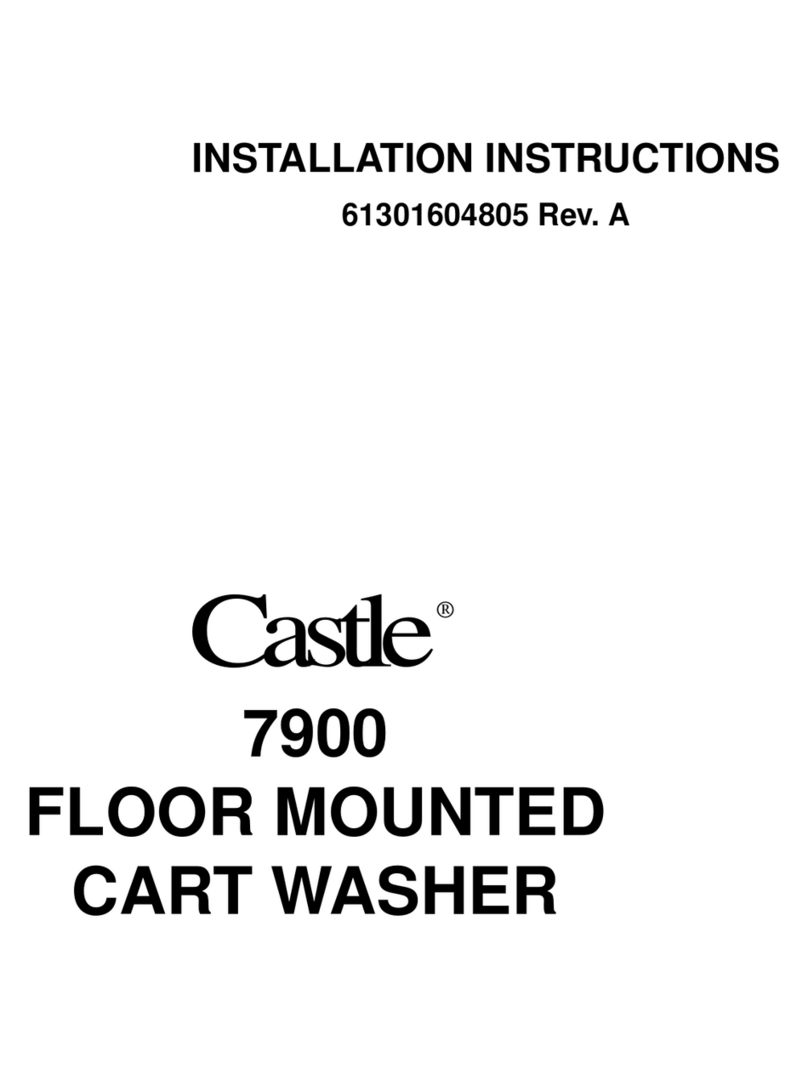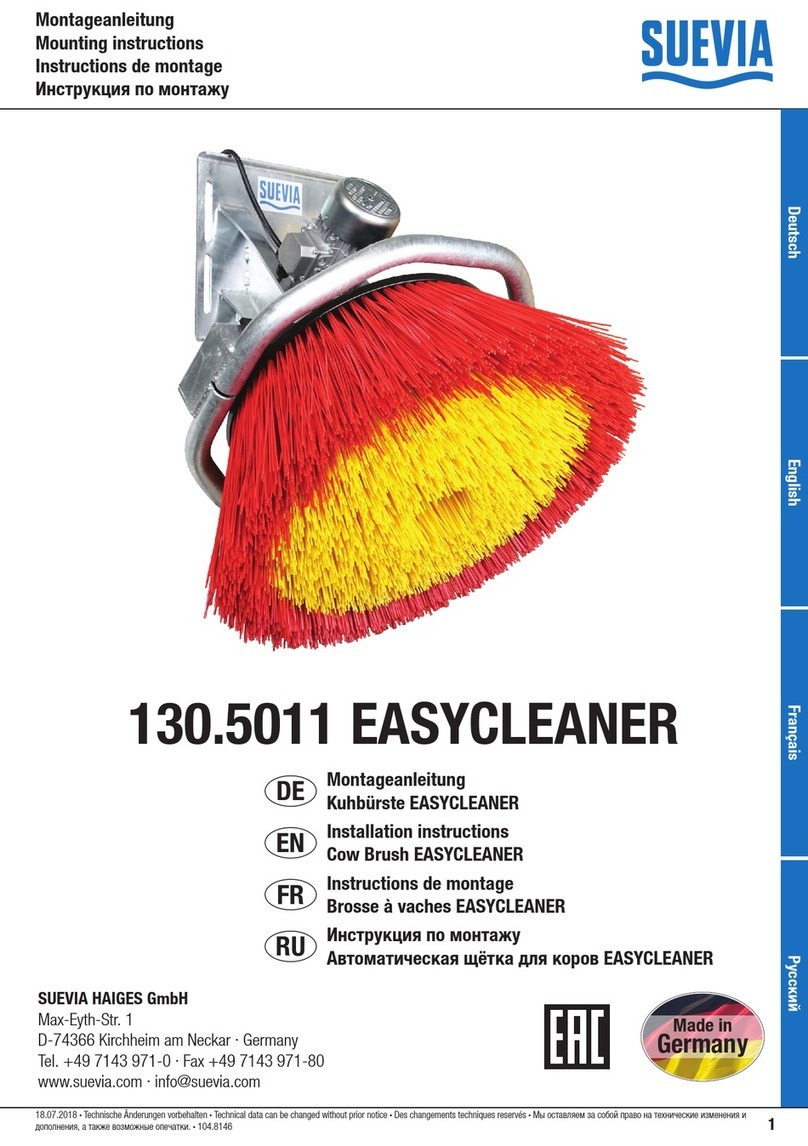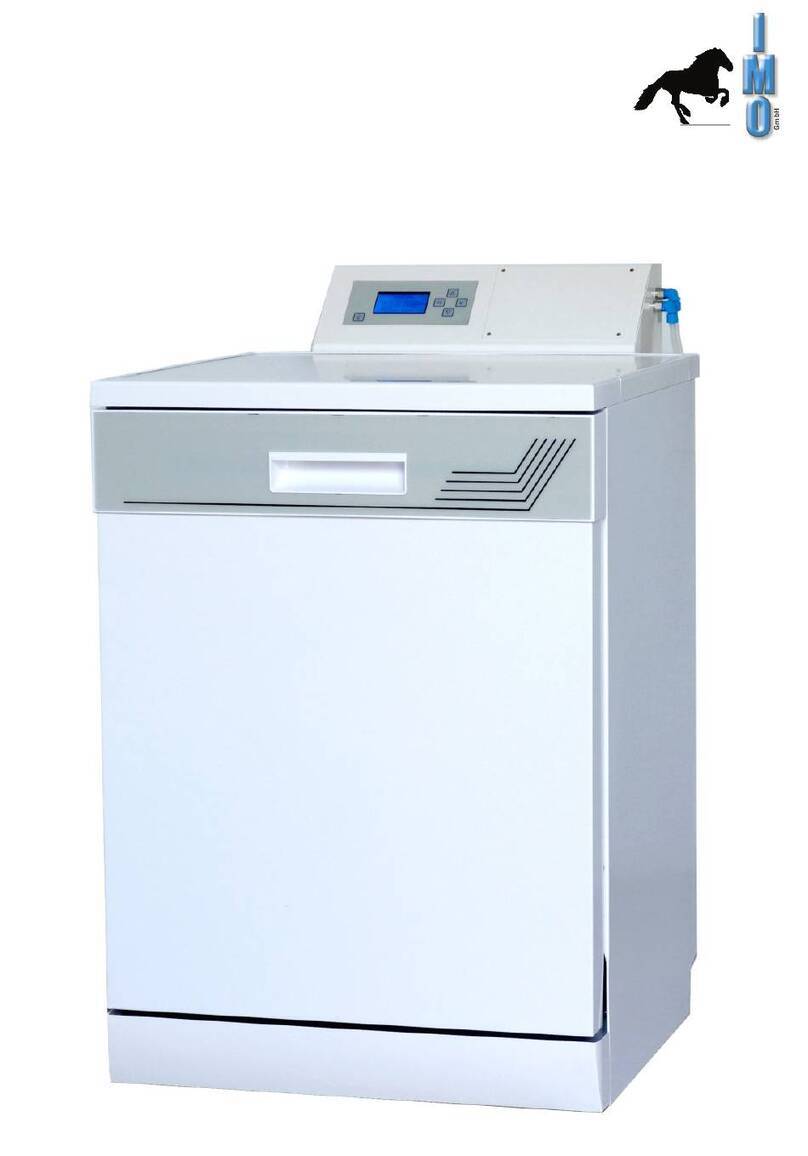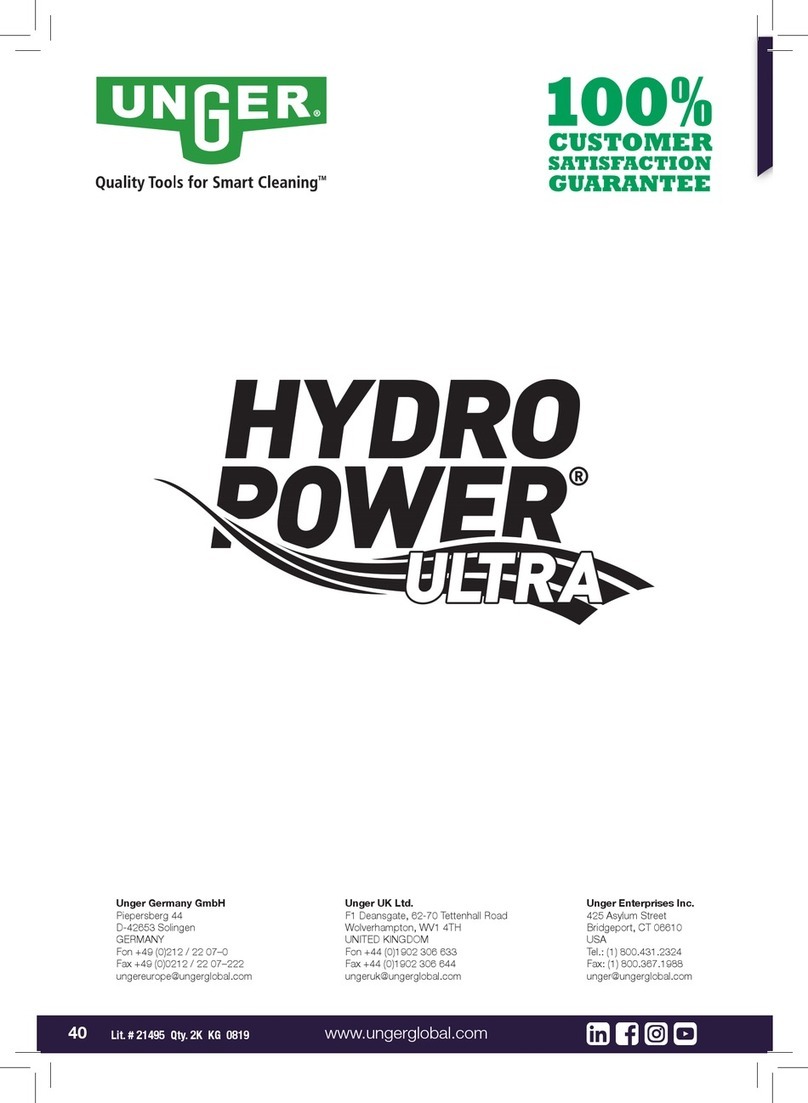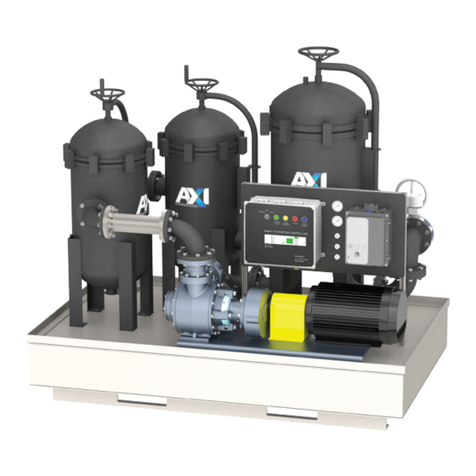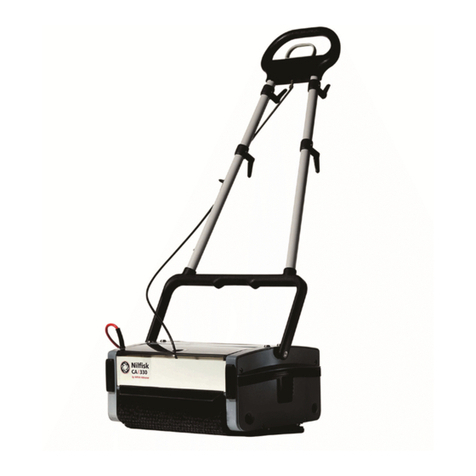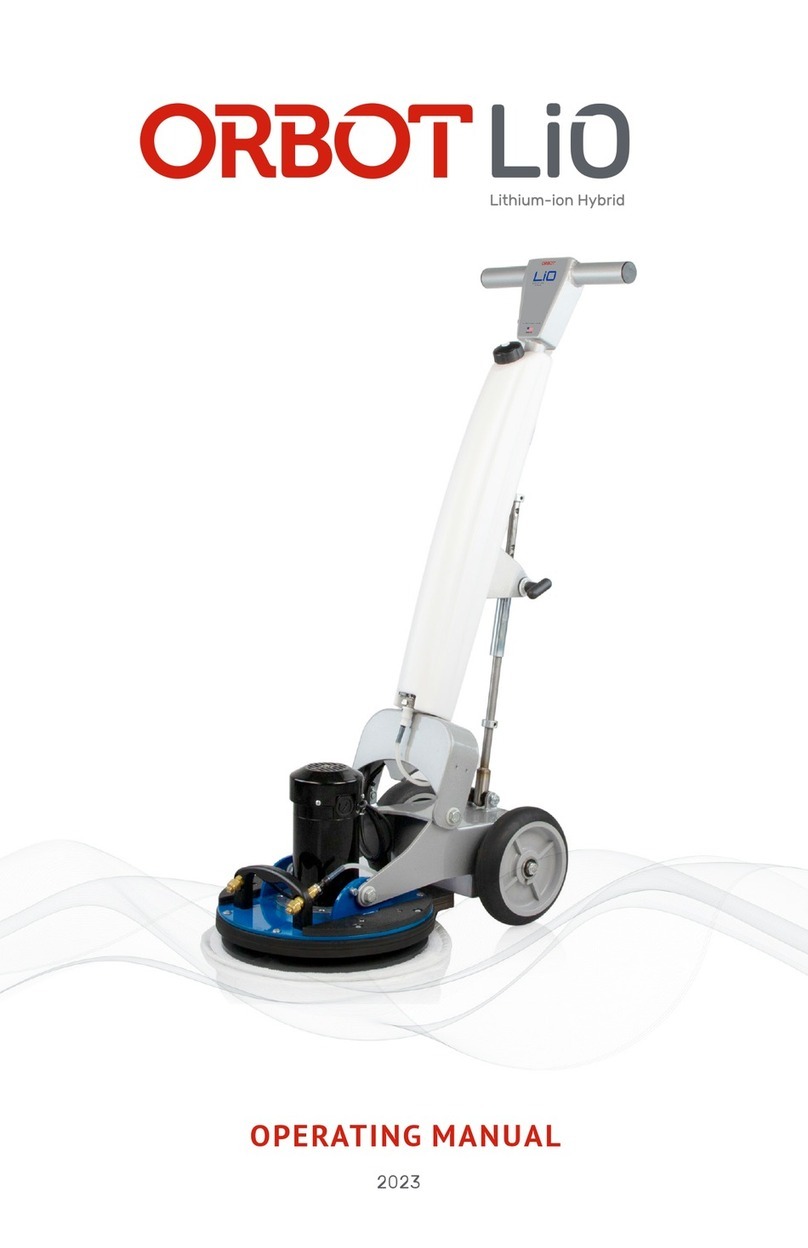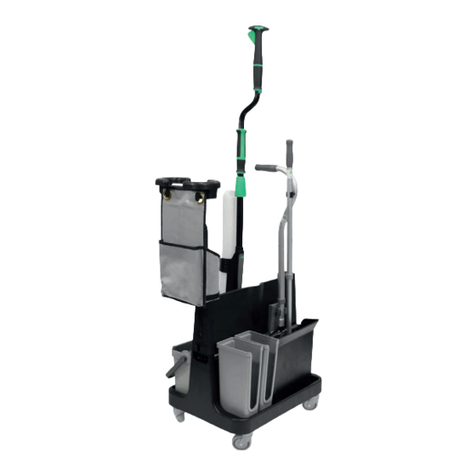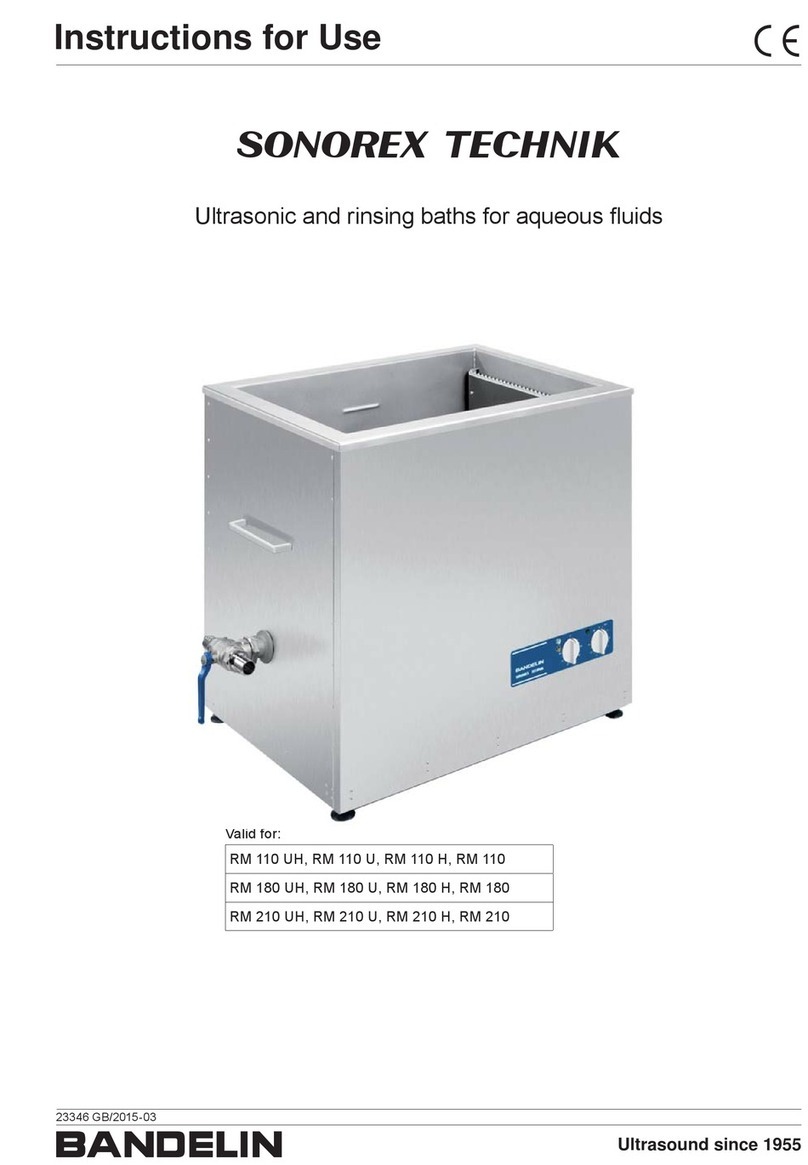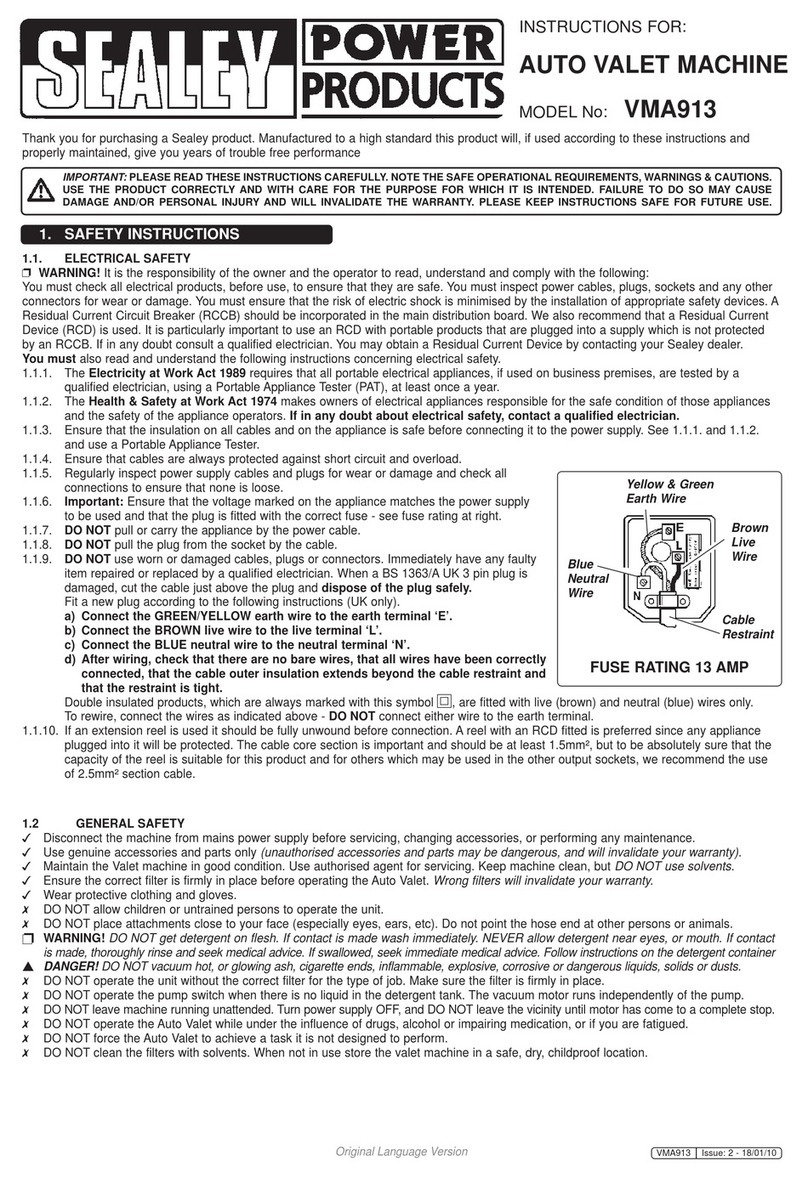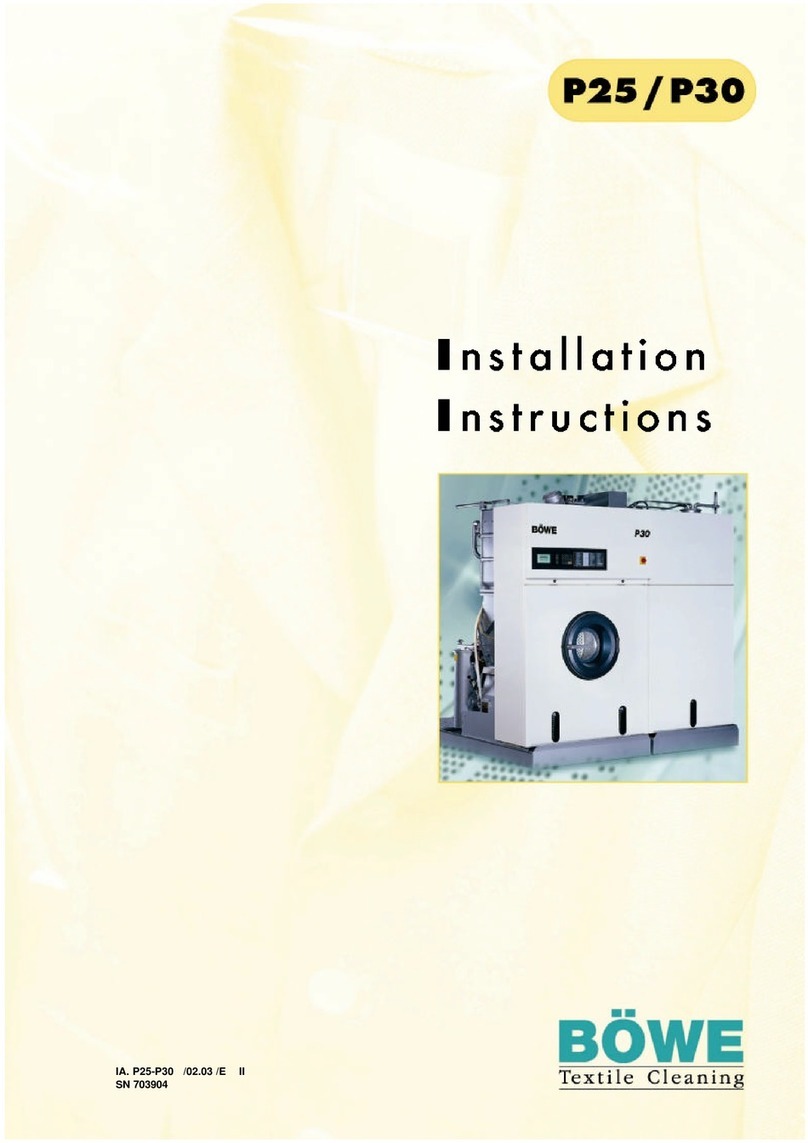
Page 9 of 20
<Doc_INS><Doc_502606400><Rel_A><Lang_GB>
Alternative connection arrangements
Electrically heated 240/415V 3N+PE, 50Hz 21.1kW 31A FUSE 3x32A 240V 3+PE, 60Hz 21.3kW 54A FUSE 3x60A
230/400V 3N+PE, 50/60Hz 19.7kW 30A FUSE 3x32A 230V 3+PE, 50Hz 19.7kW 54A FUSE 3x63A
220/380V 3N+PE, 50/60Hz 17.9kW 29A FUSE 3x32A 208 3+PE, 60Hz 20.5kW 59A FUSE 3x60A
200V 3+PE, 50/60Hz 19.1kW 58A FUSE 3x63A
Steam-heated 240/415V 3N+PE, 50Hz 6.5kW 14A, FUSE 3x20A 240V 3+PE, 60Hz 6.5kW 23A, FUSE 3x25A
230/400V 3N+PE, 50/60Hz 6.5kW 14A, FUSE 3x20A 230V 3+PE, 50Hz 6.5kW 24A, FUSE 3x25A
220/380V 3N+PE, 50/60Hz 6.5kW 14A, FUSE 3x20A 208V 3+PE, 60Hz 6.5kW 26A, FUSE 3x30A
200V 3+PE, 50/60Hz 6.5kW 27A, FUSE 3x32A
Steam-heated 240/415V 3N+PE, 50Hz 11.4kW 18A, FUSE 3x20A 240V 3+PE, 60Hz 11.5kW 30A, FUSE 3x30A
with booster 230/400V 3N+PE, 50/60Hz 10.7kW 17A, FUSE 3x20A 230V 3+PE, 50Hz 10.7kW 29A, FUSE 3x32A
220/380V 3N+PE, 50/60Hz 9.8kW 16A, FUSE 3x20A 208V 3+PE, 60Hz 11.1kW 33A, FUSE 3x35A
200V 3+PE, 50/60Hz 10.4kW 32A, FUSE 3x32A
Steam-heated & 240/415V 3N+PE, 50Hz 11.4kW 18A, FUSE 3x20A 240V 3+PE, 60Hz 11.5kW 30A, FUSE 3x30A
electrically heated 230/400V 3N+PE, 50/60Hz 10.7kW 17A, FUSE 3x20A 230V 3+PE, 50Hz 10.7kW 29A, FUSE 3x32A
220/380V 3N+PE, 50/60Hz 9.8kW 16A, FUSE 3x20A 208V 3+PE, 60Hz 11.1kW 33A, FUSE 3x35A
200V 3+PE, 50/60Hz 10.4kW 32A, FUSE 3x32A
Steam-heated & 240/415V 3N+PE, 50Hz 21.1kW 31A, FUSE 3x32A 240V 3+PE, 60Hz 21.3kW 54A, FUSE 3x60A
electrically heated 230/400V 3N+PE, 50/60Hz 19.7kW 30A, FUSE 3x32A 230V 3+PE, 50Hz 19.7kW 52A, FUSE 3x63A
with booster 220/380V 3N+PE, 50/60Hz 17.9kW 29A, FUSE 3x32A 208V 3+PE, 60Hz 20.5kW 59A, FUSE 3x60A
200V 3+PE, 50/60Hz 19.1kW 58A, FUSE 3x63A
L1 L1 L1-1 L1 T1 L1-2
L2 L2 L2-1 L2 T2 L2-2
N N N-1 N N
L3 L3 L3-1 L3 T3 L3-2
PE PE PE -1 PE PE
-Q01
JB01
MAIN SWITCH
HUVUDBRYTARE
HAUPTSCHALTER
INTERRUPTEUR ELECTRIQUE
ELECTRICAL CONNECTION
EL-ANSLUTNING
ELEKTROANSCHLUSS
CONNEXION ELECTRIQUE
L1 L1 L1-1 L1 T1 L1-2
L2 L2 L2-1 L2 T2 L2-2
L3 L3 L3-1 L3 T3 L3-2
PE PE PE -1 PE PE
-Q01
JB01
MAIN SWITCH
HUVUDBRYTARE
HAUPTSCHALTER
INTERRUPTEUR ELECTRIQUE
ELECTRICAL CONNECTION
EL-ANSLUTNING
ELEKTROANSCHLUSS
CONNEXION ELECTRIQUE
